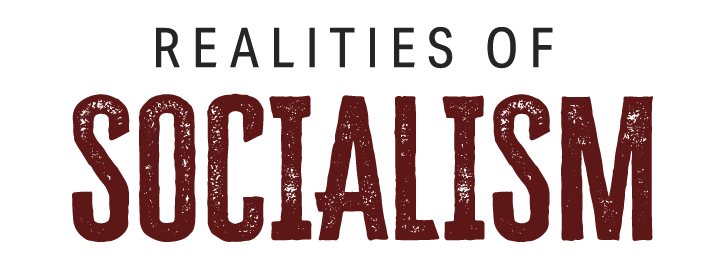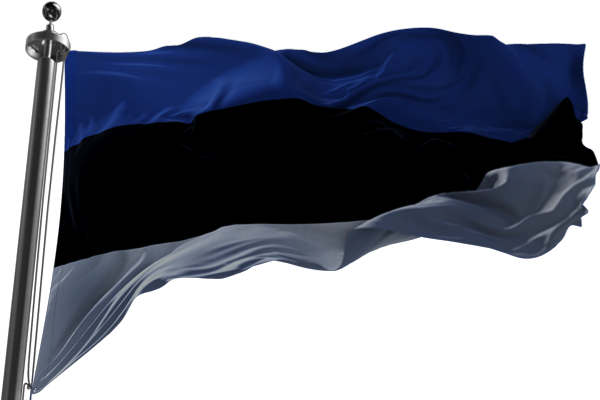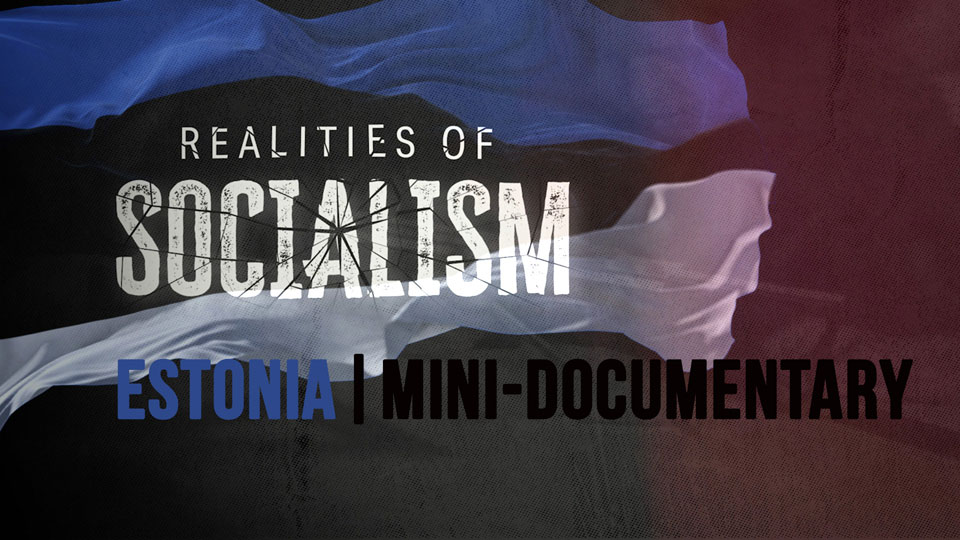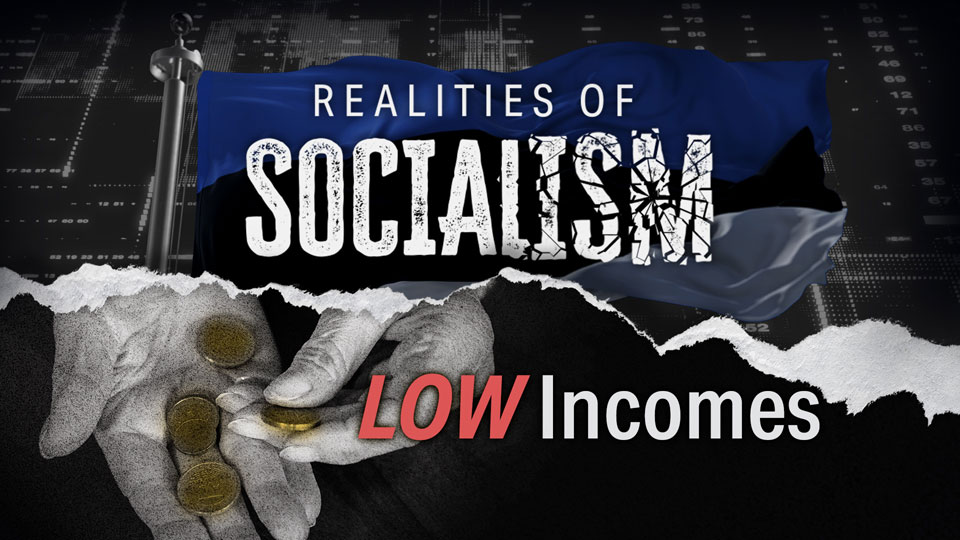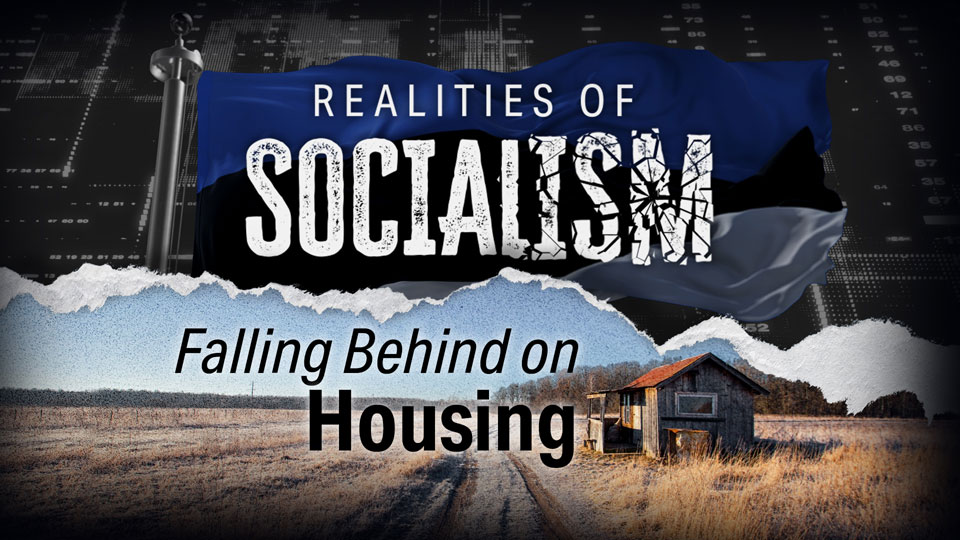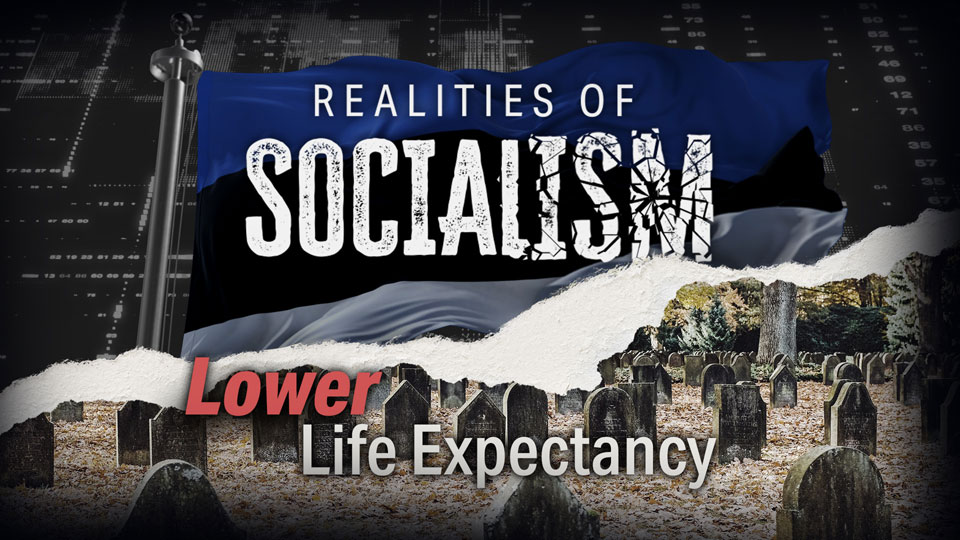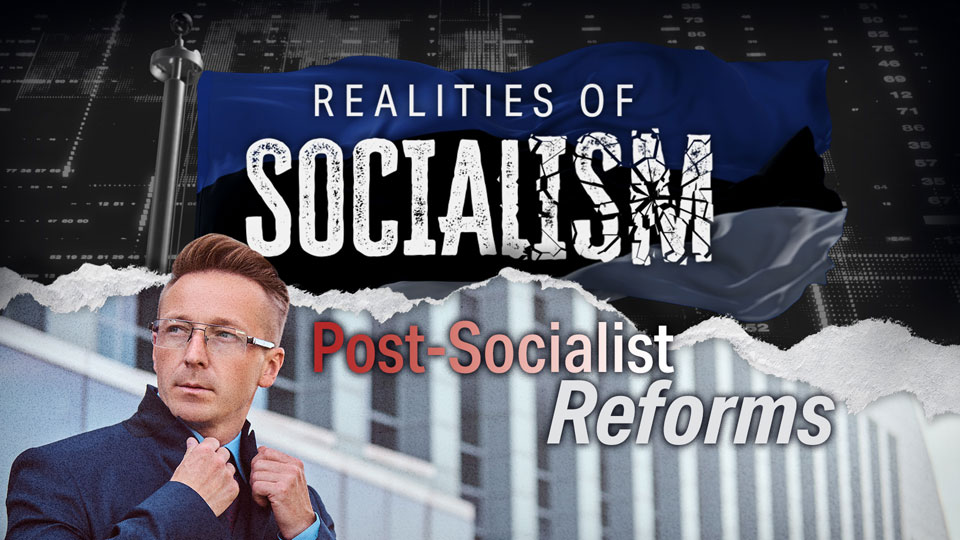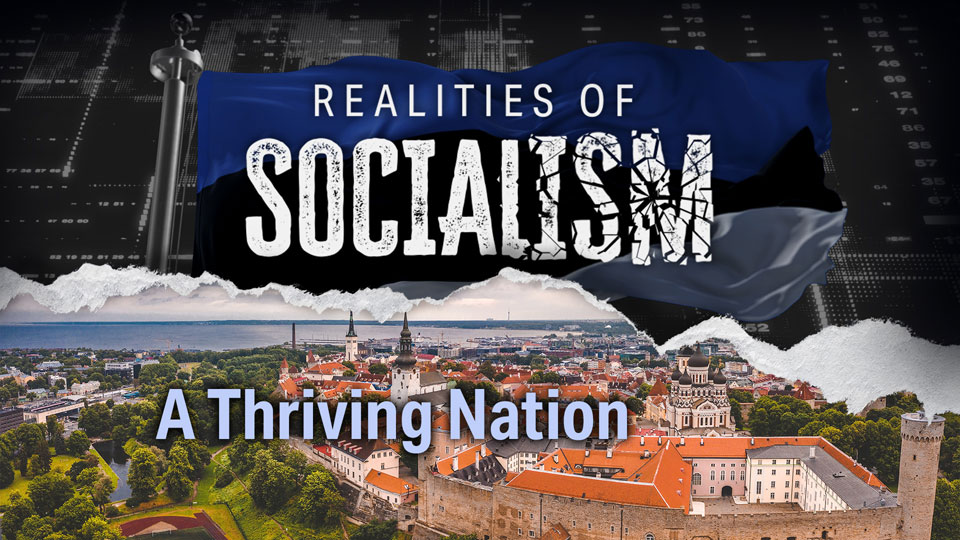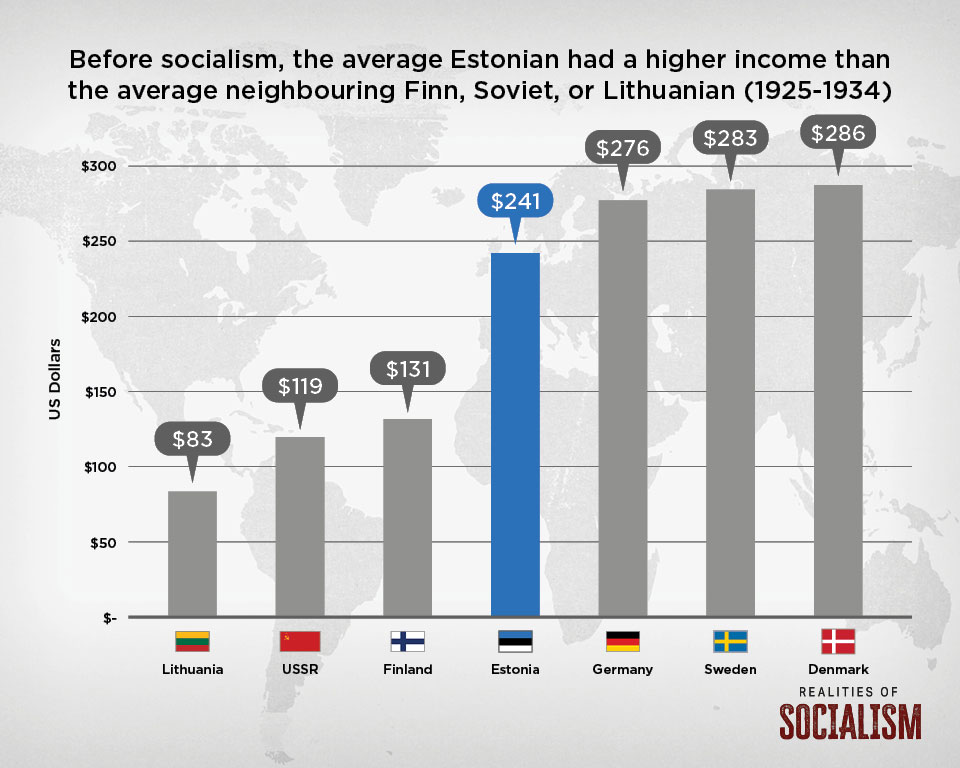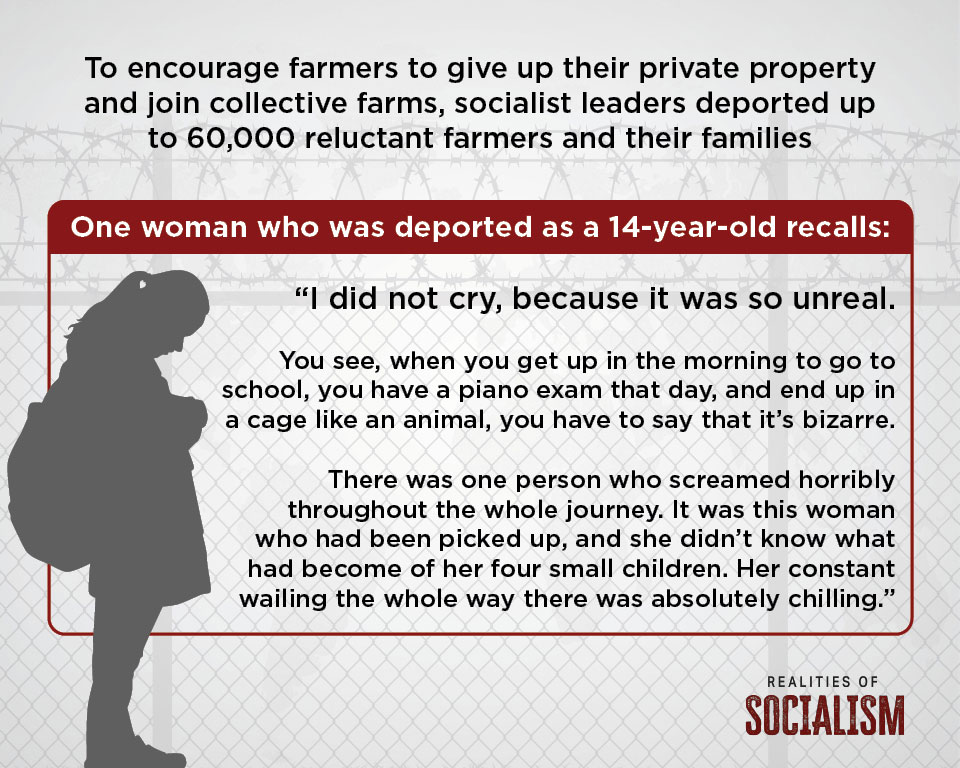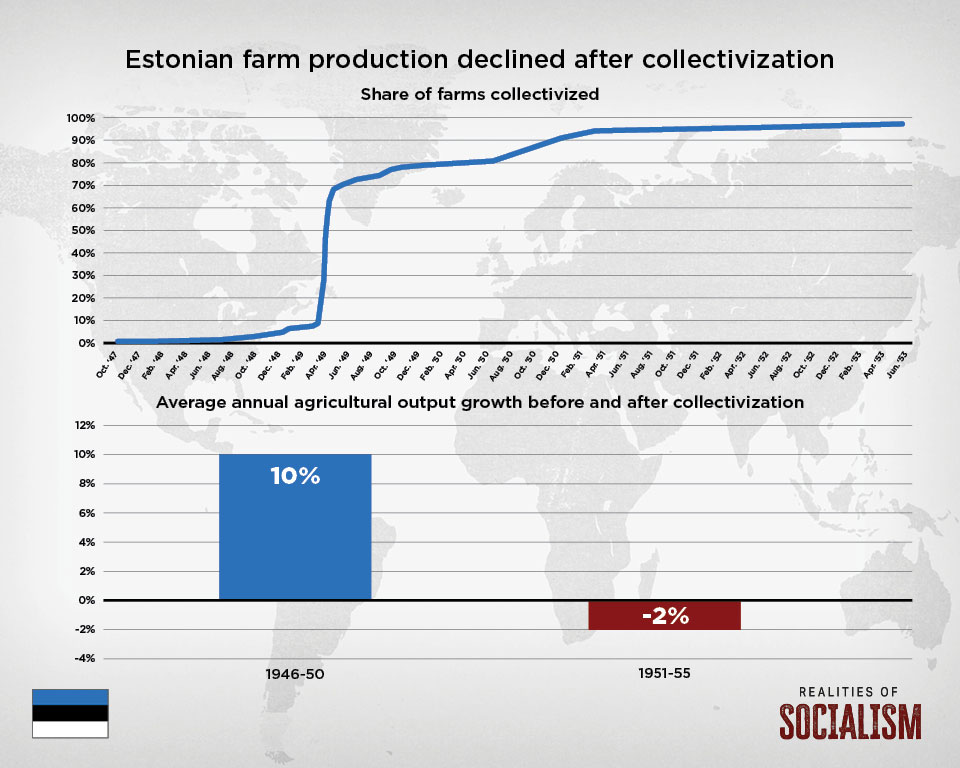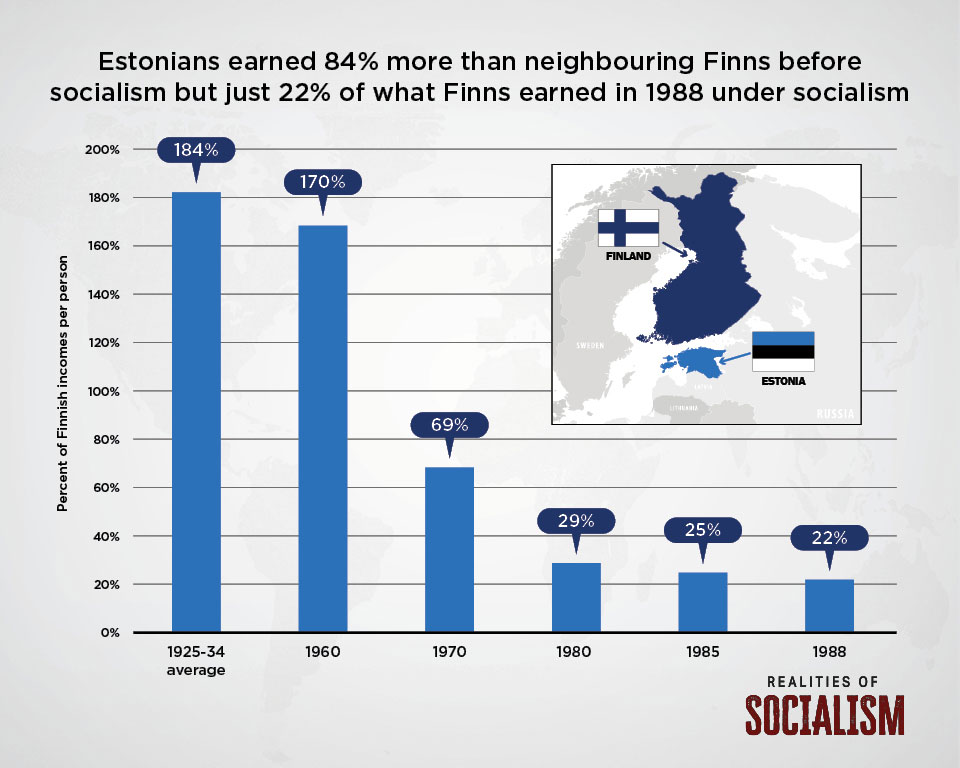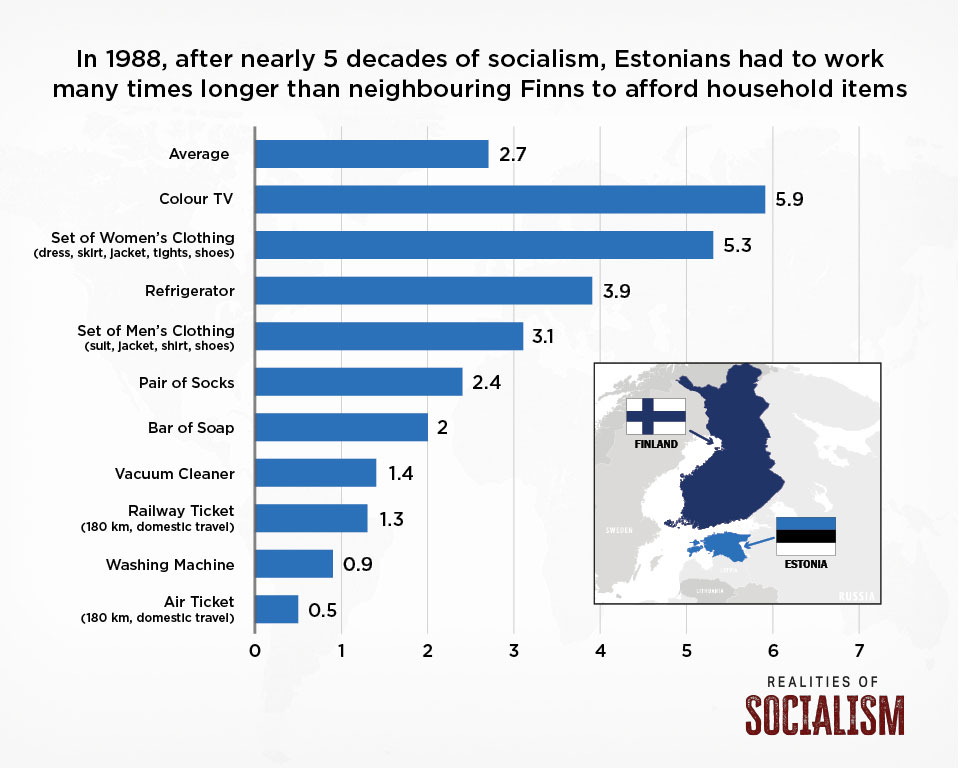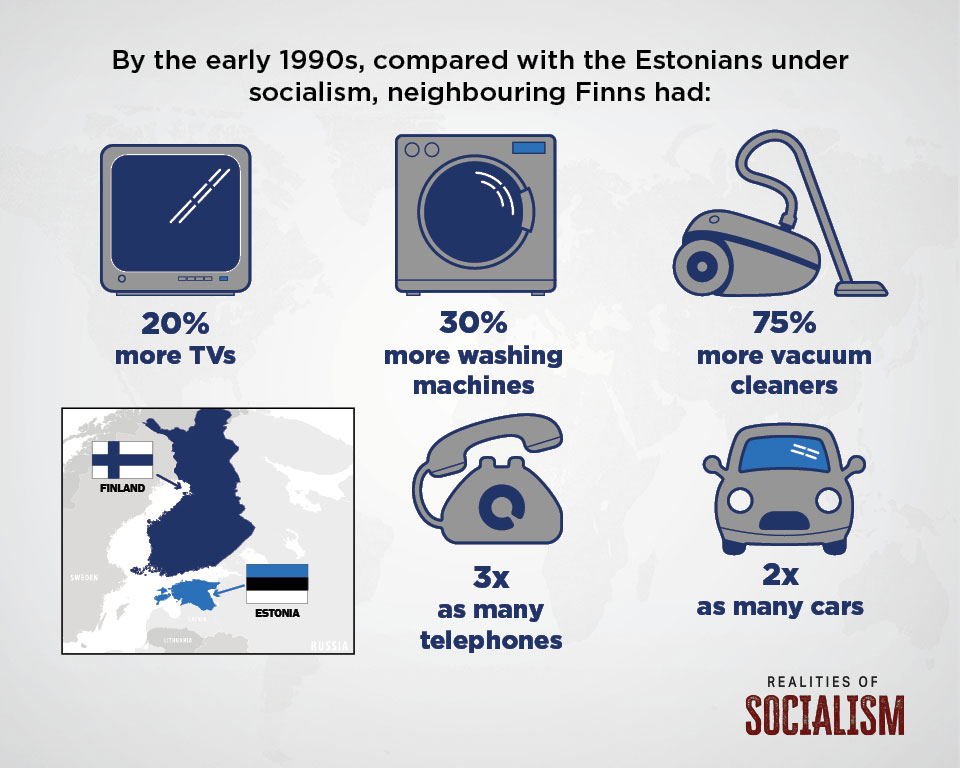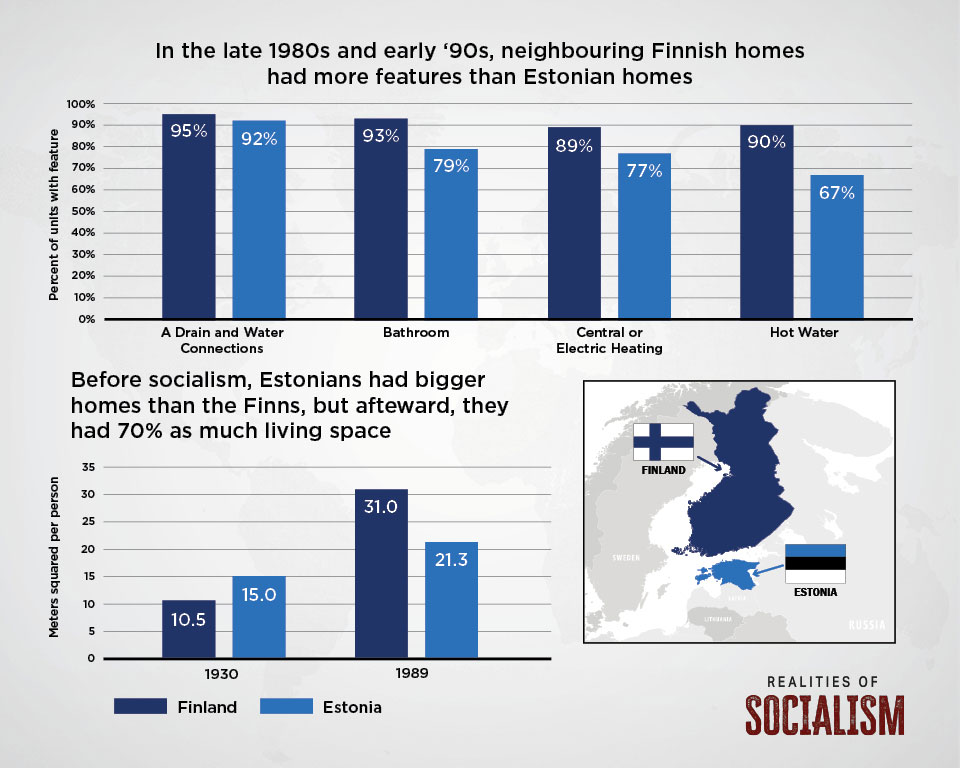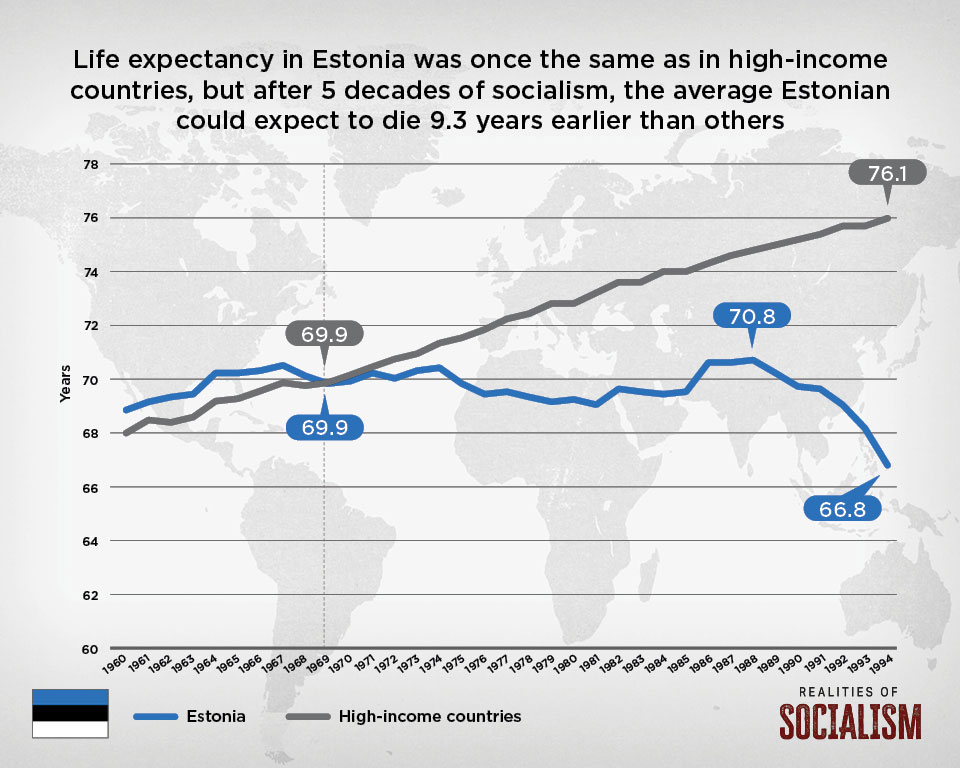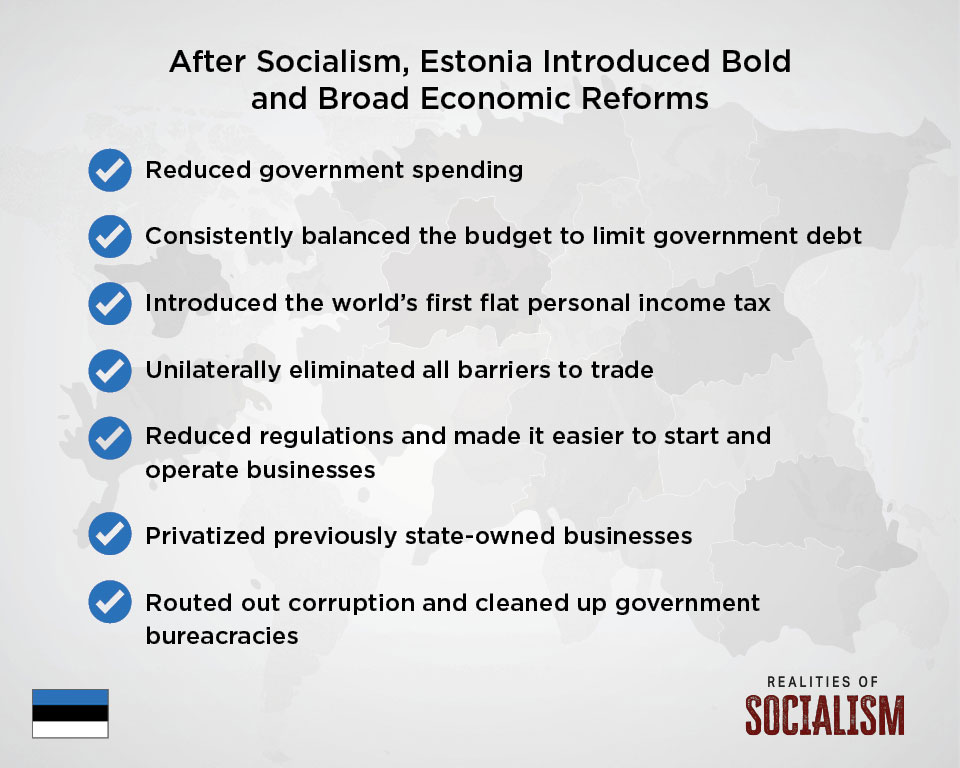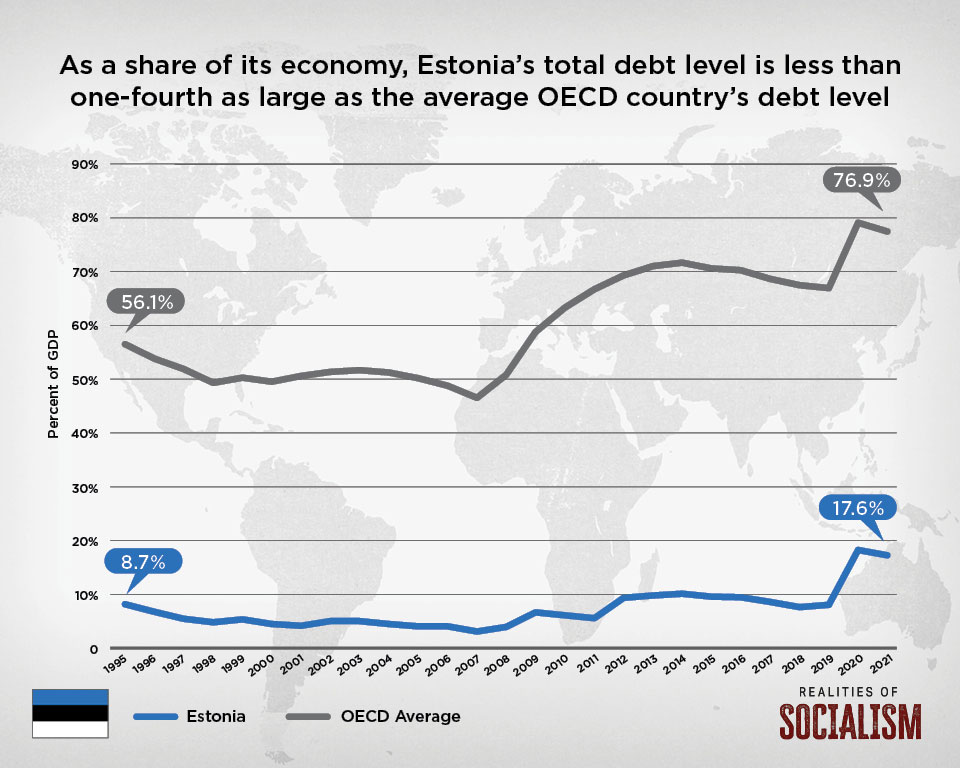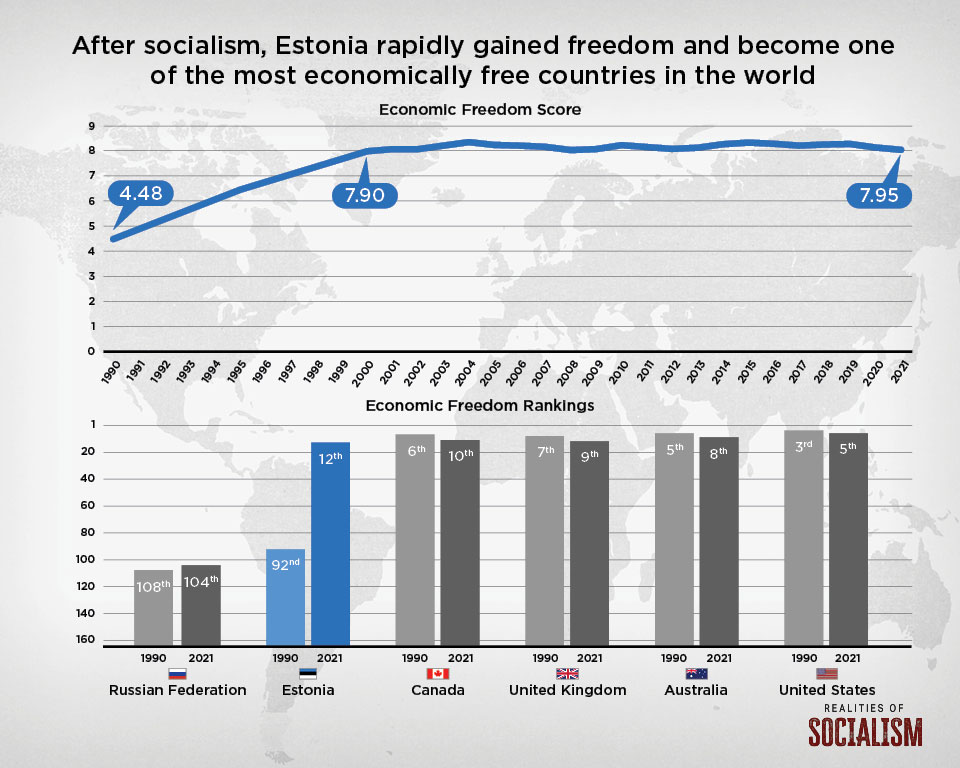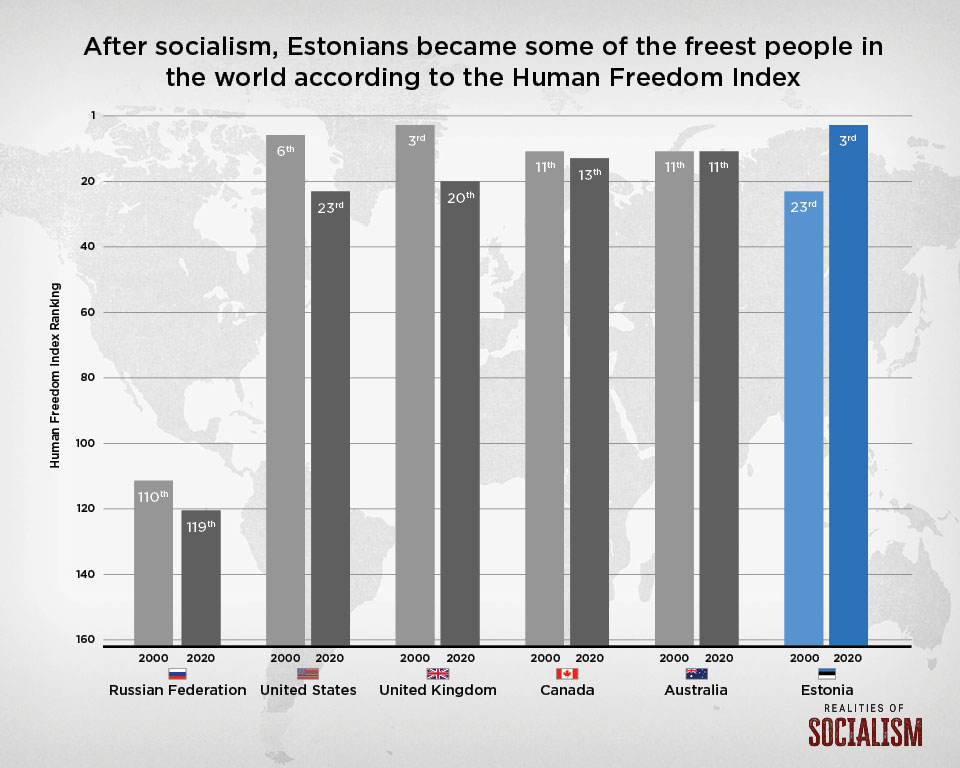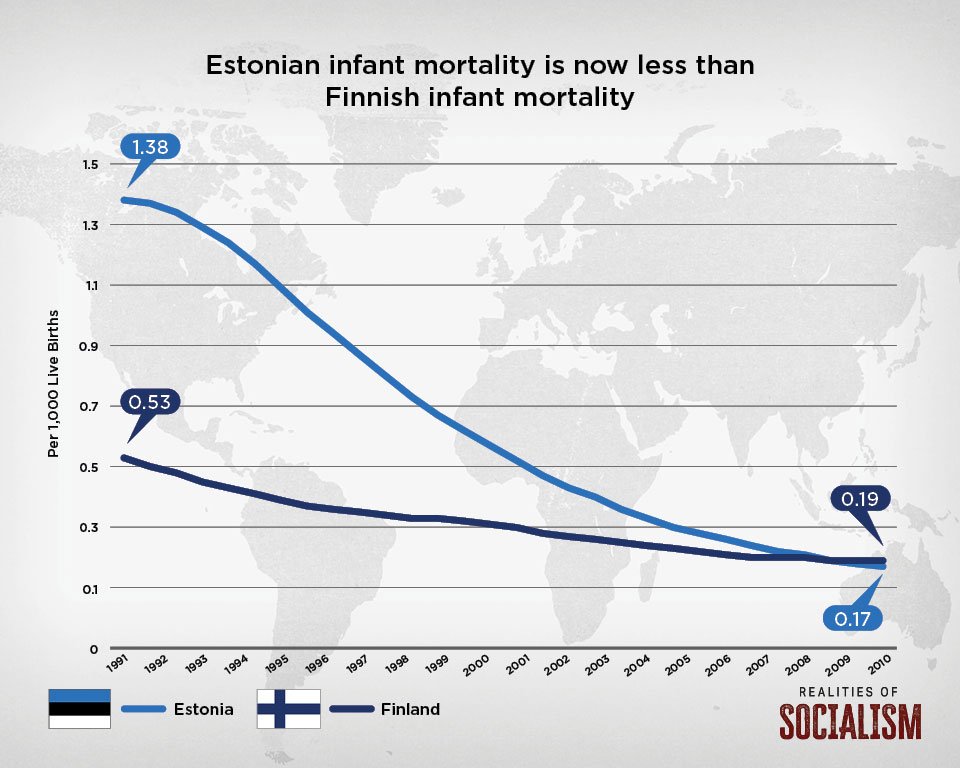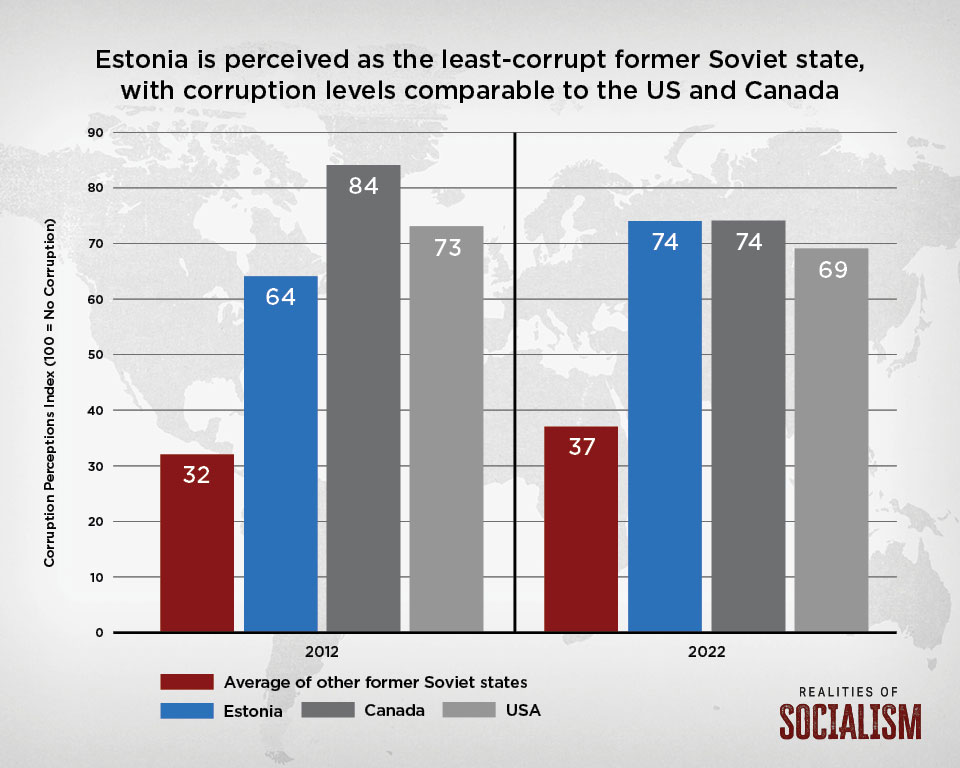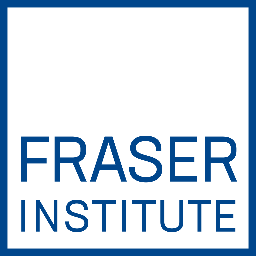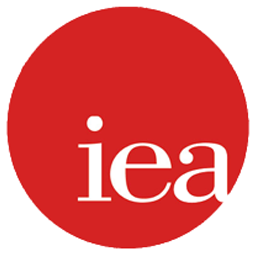The Reality of Socialism: Estonia | Mini-Documentary
The Wall St. Journal’s Mary O’Grady, along with authors Matthew Mitchell and Peter Boettke, explore the reality of Soviet socialism in Estonia. After waves of successive invasions from East and West, the small and fledgling country on the Baltic Sea was dragooned into the Soviet Union in 1940. There its people were trapped in brutal, often tragic conditions for five decades. Eventually, following a mostly-peaceful revolution, Estonians regained their freedom and reformed their nation quickly to become one of the freest nations on earth. This video is part of a new multimedia project, The Realities of Socialism, by the Fraser Institute in Canada, the Institute of Economic Affairs in the UK, the Institute of Public Affairs in Australia and the Fund for American Studies in the U.S.
More VideosPodcast
Realities of Socialism: Estonian Life UNDER Socialism
Dr. Peter J. Boettke, Director of the F.A. Hayek Program for Advanced Study in Philosophy, Politics, and Economics at George Mason University and co-author of The Road to Socialism and Back, joins host Rosemarie Fike to discuss what life was like in Estonia under socialist rule, including real-life testimony from citizens.
Realities of Socialism: Life AFTER Socialism in Estonia
Dr. Peter J. Boettke, Director of the F.A. Hayek Program for Advanced Study in Philosophy, Politics, and Economics at George Mason University and co-author of The Road to Socialism and Back, returns to discuss with host Rosemarie Fike what life in Estonia was like post-transition and the impact this had on rights and mobility for citizens.
Videos
Infographics
- All
- Economy
- Income
- Farming
Explore the book
The Road to Freedom: Estonia’s Rise from Soviet Vassal State to One of the Freest Nations on Earth recounts the fall of Estonian freedom when, for five decades, it was trapped in the Soviet Union. Eventually, following a mostly-peaceful revolution, Estonians regained their freedom and reformed their nation quickly to become one of the freest nations on earth.
- Chapter 1: The Emergence of the Estonian Nation: 1850–1940
This chapter details Estonia’s first century as a thriving nation and the awakening of the Estonian national identity. - Chapter 2: Between Two Wolves: 1940–1944 During World War II
Estonia would endure a Soviet invasion, then a Nazi invasion, and another Soviet invasion all in the span of four years. - Chapter 3: Socialism in Estonia: 1944–1991
This chapter documents the misery of Estonians during the nearly five decades of socialist rule, including housing, agriculture, deportations and arrests, industry, and resistance. - Chapter 4: Living Standards in Late Socialist Estonia
A look at Estonians life just before the Soviet Union collapsed, as compared to other Soviet citizens and Estonia’s non-Soviet Finnish neighbours to the north. - Chapter 5: The Singing Revolution: 1987–1991
This chapter chronicles the events that led to Estonia’s independence, when Estonian nationalists capitalized on Mikhail Gorbachev’s new “glasnost” policies and chaos within the Soviet Union. - Chapter 6: Building a Free Society: 1992–
Now free from Soviet rule, Estonians moved quickly to liberalize the economy, create a new currency, introduce sound fiscal policies and provide social services. The results of which have made Estonians among the most prosperous, healthiest, well-educated and freest people on earth.
